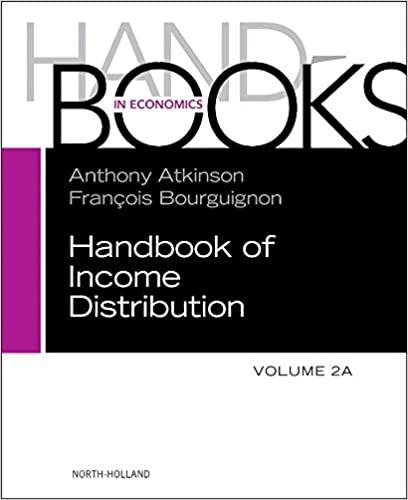Question
Event Study Consider a stock that responded to a certain event by gaining 0.25% on the day before the announcement, 1.75% at the announcement date,
Event Study
Consider a stock that responded to a certain event by gaining 0.25% on the day before the announcement, 1.75% at the announcement date, and 0.5% on the following day. On the same dates, the market return was 0.1%, 0.3%, and -0.3%, respectively. The risk-free rate was constant at 0.05%. Assume that the event window includes all three days and the standard deviation of the stock return in the pre-event window is 4.6% per month. The market model estimated for the stock in the pre-event window yields
Rett RFt = 0.13 (0.08) + 1.18 (0.37) (MKTt RFt) + t , R2 = 0.31
i. Use the market model to calculate the cumulative abnormal return to the stock in the event window. (5 points) ii. Use the R-square of the market model to compute the daily standard deviation of abnormal return (aka regression residual). Assume 22 trading days per month.(10 points) iii. Did the event have a statistically significant impact on the stock price? (10 points) iv. Use the market model to compute the daily standard deviation of the market portfolio. (10 points) v. Was the event-window run-up for the market portfolio statistically significant? (10 points) vi. Assume that returns above are the average for a portfolio of 100 stocks that had similar events and the 100 event windows do not overlap. Assume also that the standard deviation of returns and the parameters of the market model are the same for all 100 stocks. How does it change your answer to (iii)? (5 points) vii. Bonus question: Suppose someone tells you that volatility should be measured in calendar time, not in trading time, because Saturdays and Sundays have the same amount of news as business days, even though trading on the weekend news is delayed until Monday.. If you know that the event happened on Monday, how does it change your answer to (iii)? Assume 30 calendar days in a month. (10 points)
Step by Step Solution
There are 3 Steps involved in it
Step: 1

Get Instant Access to Expert-Tailored Solutions
See step-by-step solutions with expert insights and AI powered tools for academic success
Step: 2

Step: 3

Ace Your Homework with AI
Get the answers you need in no time with our AI-driven, step-by-step assistance
Get Started


